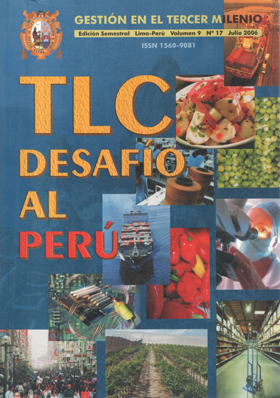LAS NTIC EN LA INNOVACION EDUCATIVA DE LA FCA DE LA UNMSM: EXPERIENCIAS DE VIRTUALIZACIÒN DE LA DOCENCIA
DOI:
https://doi.org/10.15381/gtm.v9i17.9314Keywords:
NTIC, virtual environments of teaching-learning, e-learning, b-learning, virtual campus, virtual teachingAbstract
The New Technologies of Information and Communication (NTIC) as support and basis of the society of the knowledge, are generating paradigmatic changes in the University processes, for which it is important the educational innovation and the integration of the technology in the university teaching-learning process. The Faculty of Administrative Sciences of Universidad Nacional Mayor de San Marcos (UNMSM) is in full load process of reform and curriculum innovation. In this context, we are carrying out studies for the implementation of the virtual modality of teaching. Being aware that traditional teaching in our university does not respond totally to the demands of the current society, we consider that it is urgent to undertake the virtualization of the university as a strategy to achieve student’s insertion in the globalized world. The general objective of this work is to generate a participatory and conceptual frame for the logical and physical design of the Virtual Campus of the Faculty of Administrative Sciences. The specific objective is the investigation on the impact of the first experience of virtualization carried out in our faculty through the use of the interactive Moodle platform.Downloads
Published
Issue
Section
License
Copyright (c) 2006 Aquiles Bedriñana Ascarza, Juan Castillo Maza, William Aguayo Mucha

This work is licensed under a Creative Commons Attribution-NonCommercial-ShareAlike 4.0 International License.
THE AUTHORS RETAIN THEIR RIGHTS:
(a) The authors retain their trademark and patent rights, and also over any process or procedure described in the article.
(b) The authors retain the right to share, copy, distribute, execute and publicly communicate the article published in Gestión en el Tercer Milenio journal (for example, place it in an institutional repository or publish it in a book), with acknowledgment of its initial publication in the Gestión en el Tercer Milenio.
(c) Authors retain the right to make a subsequent publication of their work, to use the article or any part of it (for example: a compilation of their work, lecture notes, thesis, or for a book), provided that they indicate the source. of publication (authors of the work, magazine, volume, number and date).













